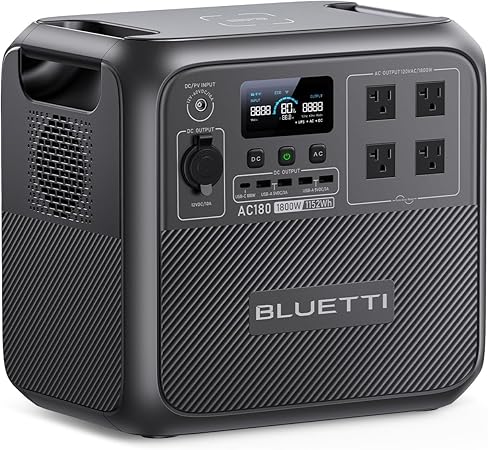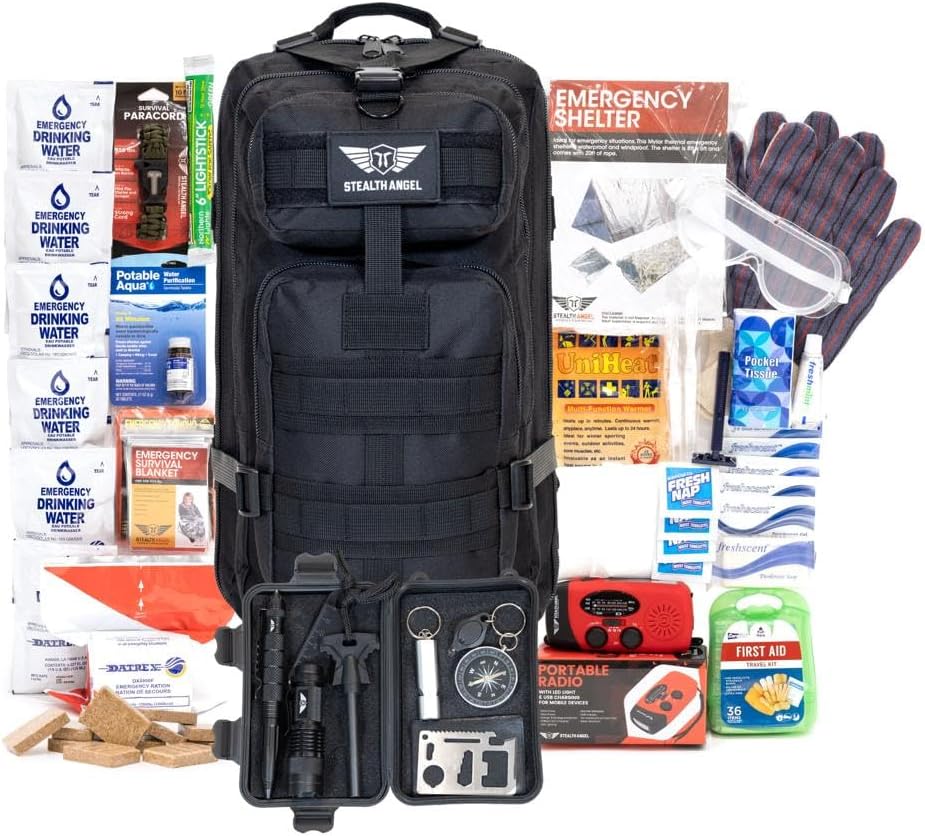
When it comes to emergency food supplies, long shelf life, nutrition, and versatility are the top priorities. The Augason Farms Vegetable Medley Blend Can delivers on all three, offering a practical and reliable option for survivalists, preppers, and families who want peace of mind knowing they have food available in uncertain times. This blend of dehydrated vegetables is designed not only for emergency storage but also for everyday cooking convenience.
Product Overview
The Augason Farms Vegetable Medley Blend Can is a large #10 can packed with a combination of dehydrated vegetables that include carrots, celery, onions, peas, and potatoes. Altogether, it provides 131 servings, making it one of the most efficient and space-saving options for long-term food storage. It is gluten free, lightweight, and easy to prepare, making it accessible for a wide range of dietary needs.
This blend is meant to be shelf-stable for years, giving users the security of knowing they can rely on it during emergencies, disasters, or extended situations where fresh produce isn’t available. The product is also suitable for everyday meals when convenience is desired without sacrificing nutrition.
Taste and Texture
One of the biggest concerns with dehydrated vegetables is whether they rehydrate well and retain a natural flavor. The Augason Farms Vegetable Medley does a surprisingly good job. Once rehydrated, the carrots remain slightly sweet, the peas are tender, and the potatoes take on a texture similar to freshly cooked diced potatoes. Onions and celery add aromatic depth, making this blend especially useful for soups and stews.
While it does not perfectly replicate fresh vegetables, it provides a familiar taste that is far more satisfying than many canned alternatives. When incorporated into recipes such as casseroles, pasta dishes, or rice blends, the texture difference is barely noticeable.
Nutrition and Health Benefits
This vegetable blend offers an impressive nutritional profile for a shelf-stable product. Each serving contains a healthy amount of fiber and essential vitamins. Because it is gluten free, it fits into a wide variety of diets, including those with food sensitivities.
Dehydrated vegetables retain much of their nutritional value, making them far superior to some canned goods that can lose nutrients in the preservation process. For preppers and families alike, this means having access to real vegetables even when fresh produce is unavailable.
Shelf Life and Storage
One of the strongest selling points of the Augason Farms Vegetable Medley Blend Can is its shelf life. Properly stored in a cool, dry place, it can last up to 25 years unopened. Once opened, it should be used within a reasonable period, but resealing the can with proper storage techniques can extend its usability.
The long shelf life makes it perfect for survival kits, disaster preparation, or long-term pantry storage. Unlike frozen vegetables, it does not require refrigeration or electricity to maintain quality.
Ease of Use
Preparation is simple and fast. To rehydrate, the vegetables only need to be soaked or simmered in hot water for a few minutes. They can be added directly to boiling soups or stews, cutting down on prep time significantly. For families with busy schedules, this makes everyday cooking easier while still incorporating vegetables into meals.
Versatility in Meals
The Augason Farms Vegetable Medley is not limited to survival scenarios. Its blend works well in many types of recipes:
-
Soups and stews gain flavor and substance from the mix.
-
Casseroles and baked dishes benefit from the balanced variety of vegetables.
-
Rice, pasta, and grain bowls can be enhanced quickly with added nutrition.
-
Even omelets and savory breakfast dishes can incorporate the medley for convenience.
This makes the product valuable not only for emergencies but also for everyday kitchen use when fresh produce isn’t on hand.
Value for Money
Considering the serving count of 131 per can, this product offers excellent value. A single can can stretch across dozens of meals depending on serving sizes. Compared to the cost and perishability of fresh vegetables, the long shelf life and quantity make this a highly economical choice for households wanting to stockpile food without waste.
Final Thoughts
The Augason Farms Vegetable Medley Blend Can is a dependable, nutritious, and versatile option for anyone interested in long-term food storage or everyday convenience. With its 25-year shelf life, gluten free assurance, and wide range of uses in cooking, it stands out as a staple product for survival preparedness and home kitchens alike.
For those building an emergency supply, it provides peace of mind. For busy families, it offers quick access to vegetables without the risk of spoilage. Overall, this blend proves that preparedness and good eating can go hand in hand.










